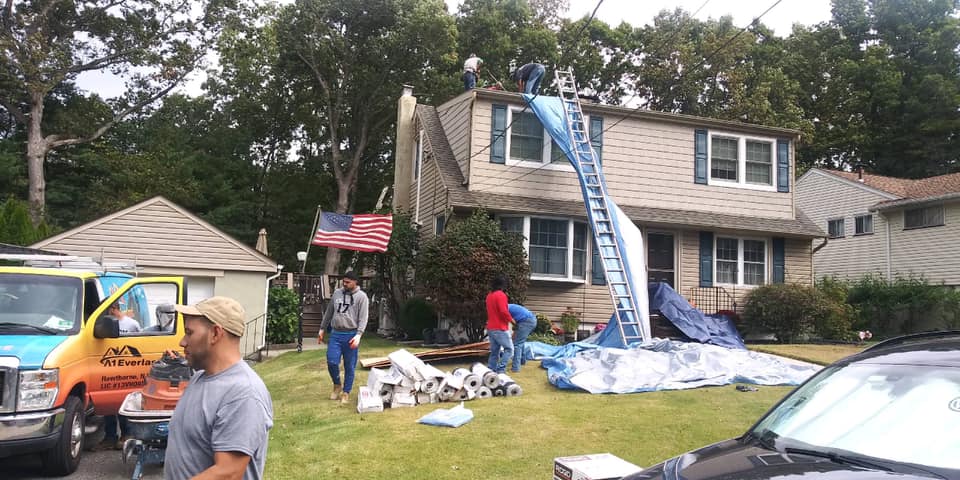
- Wood Shingles
Wood is a relatively cheap roofing material since it is easily accessible, especially if you have a couple of trees in your backyard. The main advantage of wood is that it will provide the most solid material for roofing if you live in areas that have a high precipitation from ice and snow. These have a high density and therefore the framing needs to be strong to withstand them. Many people prefer red cider since this is resistant to insect and water, hence no need to apply water and insect-proof materials on the surface. Despite this, wood roofing is not eco-friendly since it contributes to deforestation, which may have adverse weather effects.
- Clay Shingles
If the size of your budget is small, then clay is one of the many cheap options available for you to choose from. This is because it is readily available from the areas with clay soils. In addition, the process of obtaining it is simple and does not require special equipment to dig. For this reason, clay comes at very low prices. The main disadvantage with clay is that it is heavy and will require you to install hardwood framing to support the weight of the clay shingles. On the other hand, clay shingles are durable and are resistant to elements and insects.
- Tile Shingles
Tile has been in use as a roofing material in most traditional societies but with time, it has seen many modifications to make it lighter. Traditionally, it was not a very good choice since it required very firm framing to support its weight since it is heavier than most roofing materials. It was so tricky when it came to doing repairs on the roof since they were prone to breakages due to their fragility. It was also vulnerable to elements since upon long exposure to water, it can develop mold and mildew and wear off due to rotting. Thanks to the invention, it now comes in many designs that are a little lighter and durable.
- Asphalt Shingles
Asphalt is the cheapest among all other available roofing materials. It comes in both organic and inorganic styles. Inorganic asphalt is made of fiberglass, which is very durable and looks elegant in the beginning. Since inorganic styles are made of fiberglass, it comes in one large piece of sheet that is rolled over the roof surface, just like on a bathroom wall surface or any other surface where fiberglass is applicable. The upfront cost of installing asphalt, as a roofing material is relatively low but it may present real problems in later years in terms of repairs and maintenance since asphalt shingles are highly vulnerable to strong winds and ice.
- Metal Shingles
Metal as a roofing material has been in use in most traditional societies because of its low prices. It is still cheap and in fact, it is the second cheapest roofing material. The upfront cost of metal sheet installation is relatively low but it will present several drawbacks going forward. One is because it allows noise into the house when it is raining. Second is the fact that it allows most of the heat from the hot tropics afternoons, making the air inside the house very unbearable. This also means that you will have to spend more money on utility bills due to the frequent use of air conditioners. Finally, metal shingles present a cold environment into the house during cold seasons. This, therefore, means that there is nothing as balanced air conditioning with metal shingles as a roofing material. Thanks to the new inventions, metal shingles have been modified with galvanized steel in a bid to regulate temperatures.
Conclusively, we can comfortably say that there is no such thing as the cheapest roofing material since the ones that seem cheaper in the upfront cost may accrue more costs in terms of maintenance and repairs later as time goes by. This means that for you to make a sound decision, you have to look at the upfront and maintenance costs.
